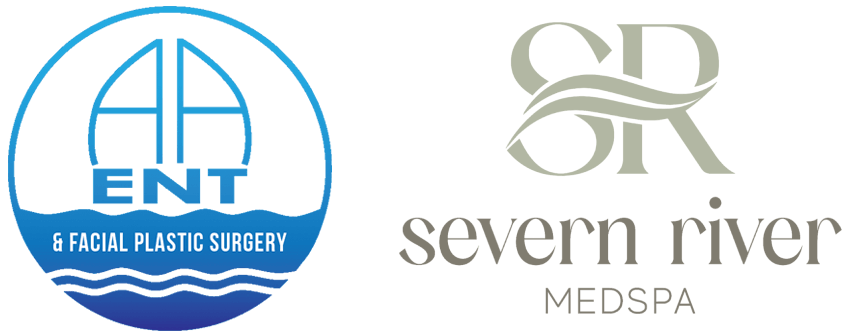Understanding Ear Pain: Common Causes and the Importance of Seeing an ENT Specialist
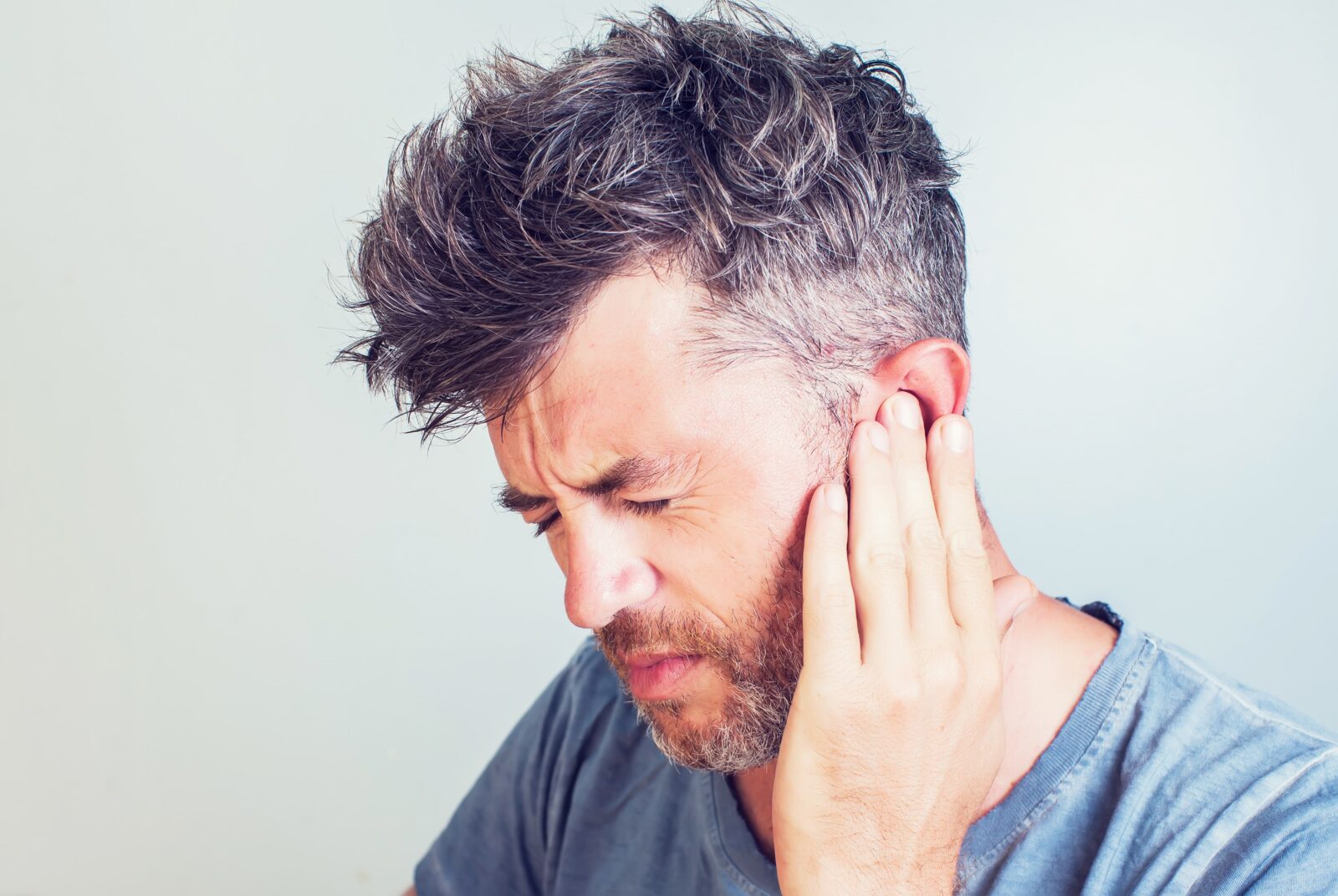
Ear pain, medically referred to as otalgia, is a common complaint among individuals of all ages. While occasional ear pain might be a minor annoyance, chronic or severe pain can be a sign of a more serious underlying condition. In this article, we’ll delve into the most common causes of ear pain and discuss the importance of consulting an Ear, Nose, and Throat (ENT) specialist for chronic ear discomfort.
Understanding and Alleviating Chronic Sinus Headaches

Sinus headaches are a common ailment that can be incredibly debilitating for those who suffer from them. Characterized by a deep, throbbing pain around the forehead, cheeks, and eyes, sinus headaches are often a result of sinus inflammation and congestion. While an occasional sinus headache can be manageable, chronic sinus headaches can significantly impact one’s quality of life. In this blog, we will delve into what exactly a sinus headache is, its causes, and most importantly, explore effective strategies to alleviate and manage chronic sinus headaches.
What is a Thyroid Nodule?
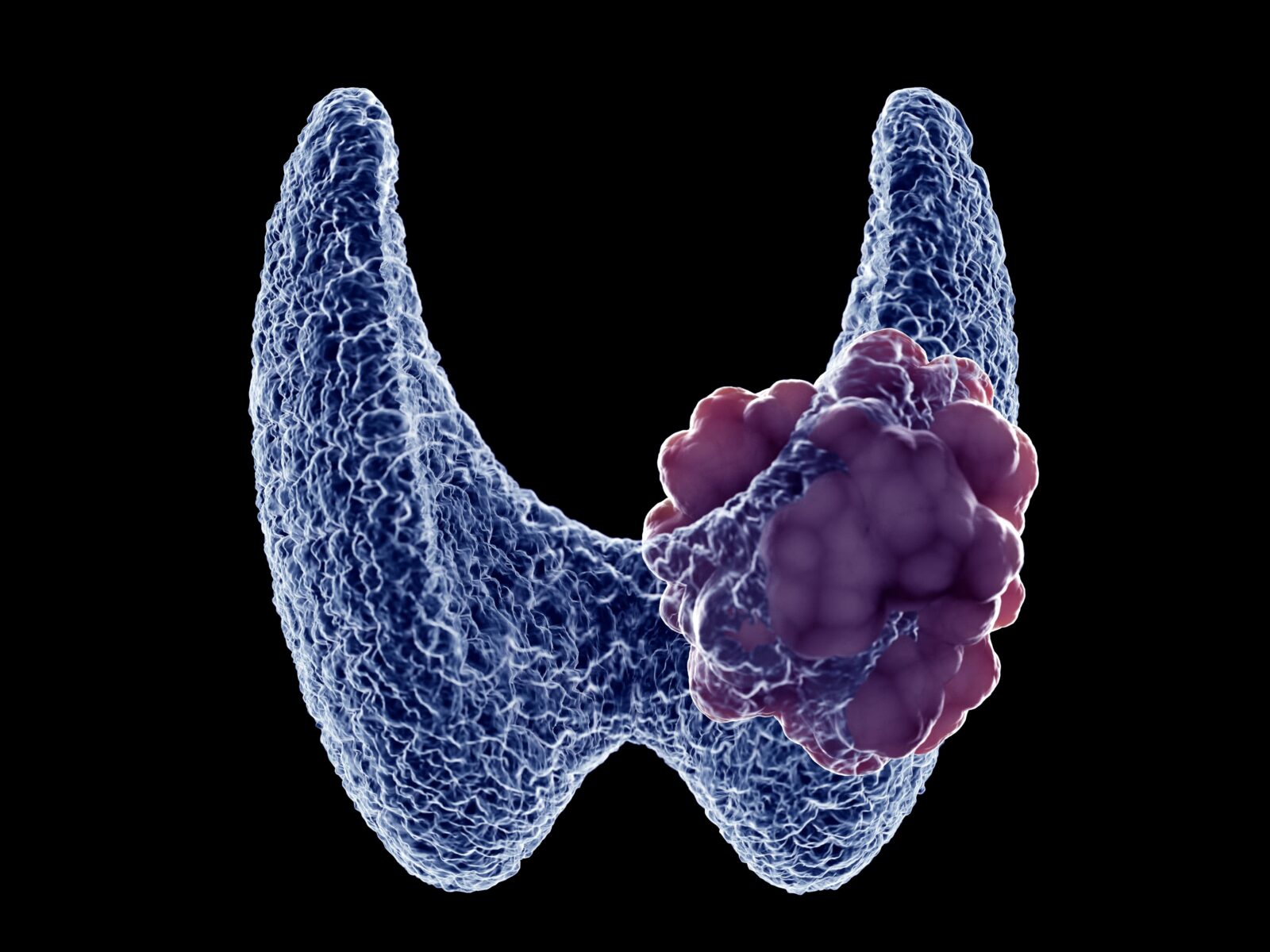
Thyroid nodules are a common health concern affecting millions of people worldwide. These small, abnormal growths within the thyroid gland can vary in size and composition, causing potential disruptions to thyroid function and even raising concerns about cancer. While most thyroid nodules are benign, it is crucial to understand their nature and the necessity of seeking an evaluation from an Ear, Nose, and Throat (ENT) specialist. In this blog, we will delve into what thyroid nodules are, their possible implications, and the reasons why consulting an ENT is essential for a comprehensive assessment and appropriate management.
Open vs. Closed Rhinoplasty: Making the Right Decision for You

Rhinoplasty, commonly known as a nose job, is a popular cosmetic surgical procedure that aims to reshape the nose to improve its appearance and function. If you’re considering undergoing rhinoplasty, one crucial decision you’ll face is whether to opt for an open or closed rhinoplasty approach. In this blog, we’ll explore the differences between these two techniques and help you decide which one might be the right fit for your specific needs and preferences.
3 Effective Ways an ENT Can Treat Snoring

Snoring is a common sleep disorder that affects millions of people worldwide, causing disruptions in sleep patterns for both the snorer and their bed partner. Chronic snoring can lead to various health issues, such as sleep apnea, daytime fatigue, and decreased cognitive function. Luckily, there are several effective treatments available to help individuals overcome this bothersome condition. In this blog, we will explore three prominent snoring treatments offered by Ear, Nose, and Throat (ENT) specialists: Uvulopalatopharyngoplasty (UPPP), tonsillectomy, and nasal surgery.
How to Prepare for a Rhinoplasty Procedure
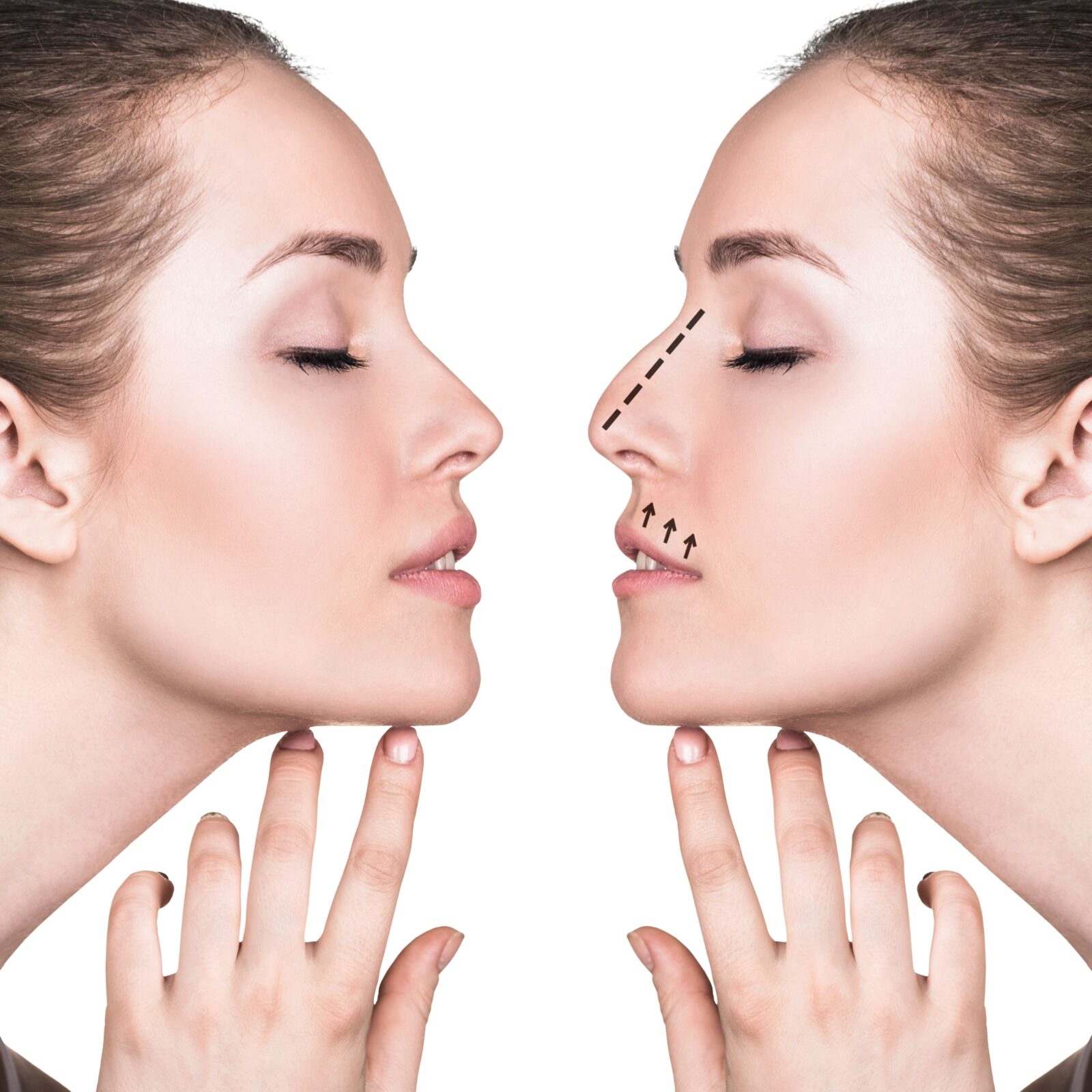
Preparing for a rhinoplasty procedure is essential to ensure a successful outcome and a smooth recovery. This comprehensive guide will take you through the necessary steps to prepare physically, mentally, and emotionally for your rhinoplasty journey. By following these tips, you’ll be well-equipped to embark on this transformative experience with confidence.
What is Parkinson’s Induced Dysphonia?

Parkinson’s Induced Dysphonia refers to the voice changes experienced by individuals living with Parkinson’s disease. Dysphonia, characterized by hoarseness, breathiness, and reduced vocal volume, can significantly impact communication and overall quality of life for those affected by the condition. In this blog, we will delve into the causes, symptoms, and available treatment options for Parkinson’s Induced Dysphonia, shedding light on this often-overlooked aspect of Parkinson’s disease.
Understanding Cleft Lip and Palate

July is National Cleft and Craniofacial Awareness and Prevention Month! Throughout this month, we aim to shed light on cleft lip and palates—a common craniofacial condition—and raise awareness about its causes, impact, and available treatment options. Understanding cleft lip and palates is crucial in promoting acceptance, support, and inclusion for individuals and families affected by this condition.
When Thyroid Surgery is Necessary
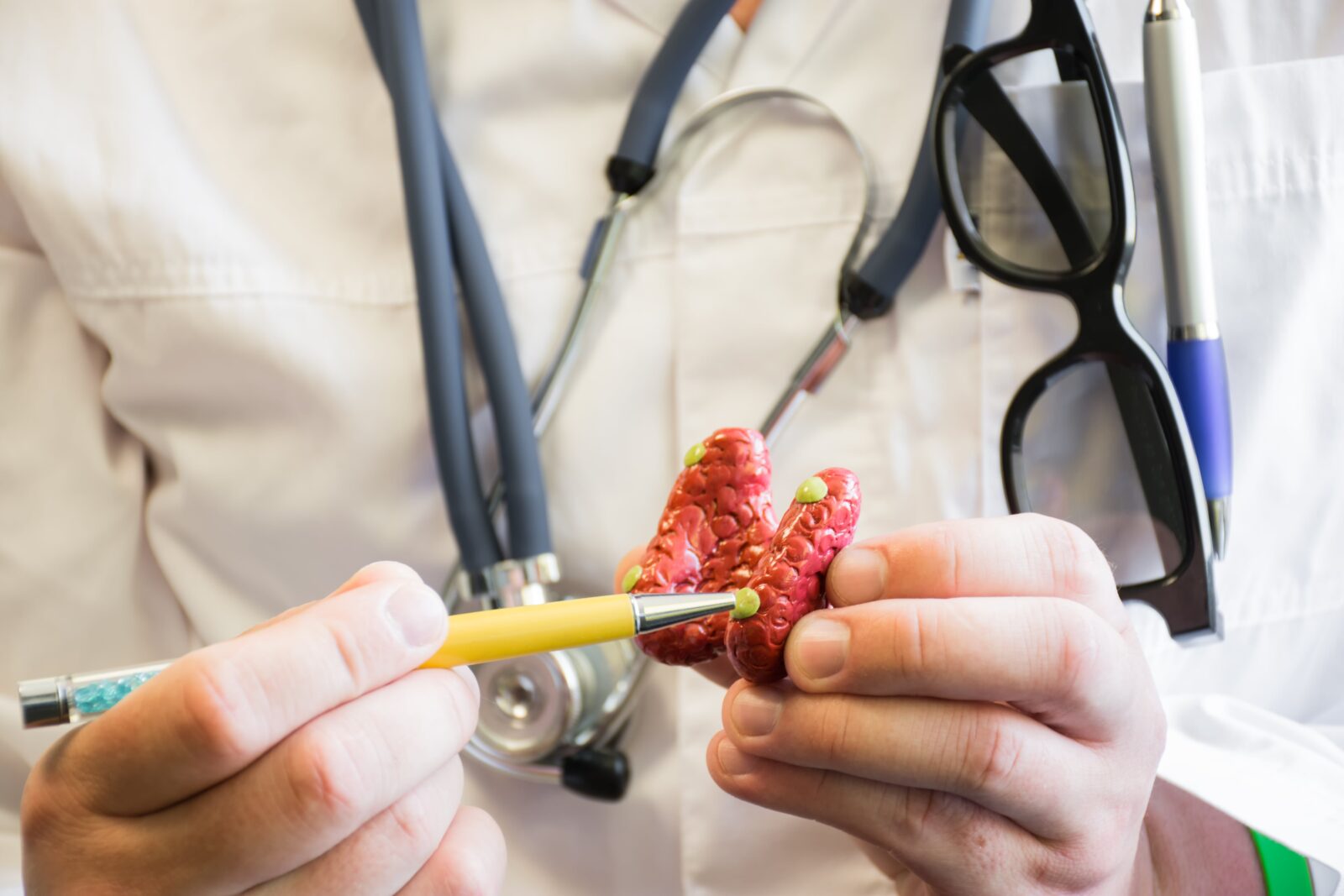
The thyroid gland, a small butterfly-shaped organ located in the neck, plays a vital role in regulating various bodily functions. However, there are instances when thyroid surgery becomes necessary to address certain conditions and ensure overall health and well-being. In this blog, we will explore when thyroid surgery is necessary, the underlying reasons, and what you can expect from the procedure.
Understanding Eyelid Malposition: Causes, Symptoms, and Treatment Options

Our eyes are not only windows to the world but also essential for our overall aesthetics and vision. Unfortunately, certain conditions can affect the positioning of our eyelids, leading to discomfort and potential complications. In this blog, we will delve into the world of eyelid malposition, exploring its various types, causes, symptoms, and available treatment options.
